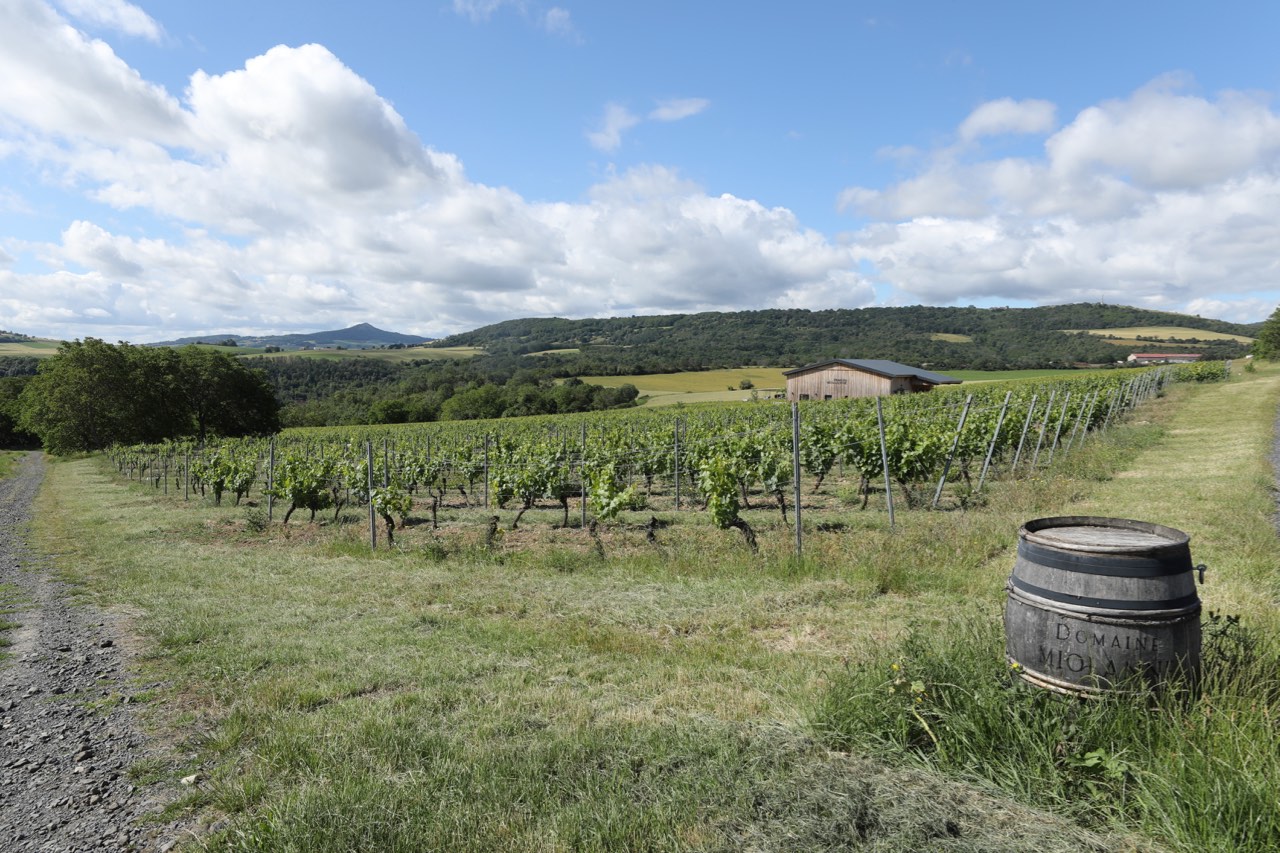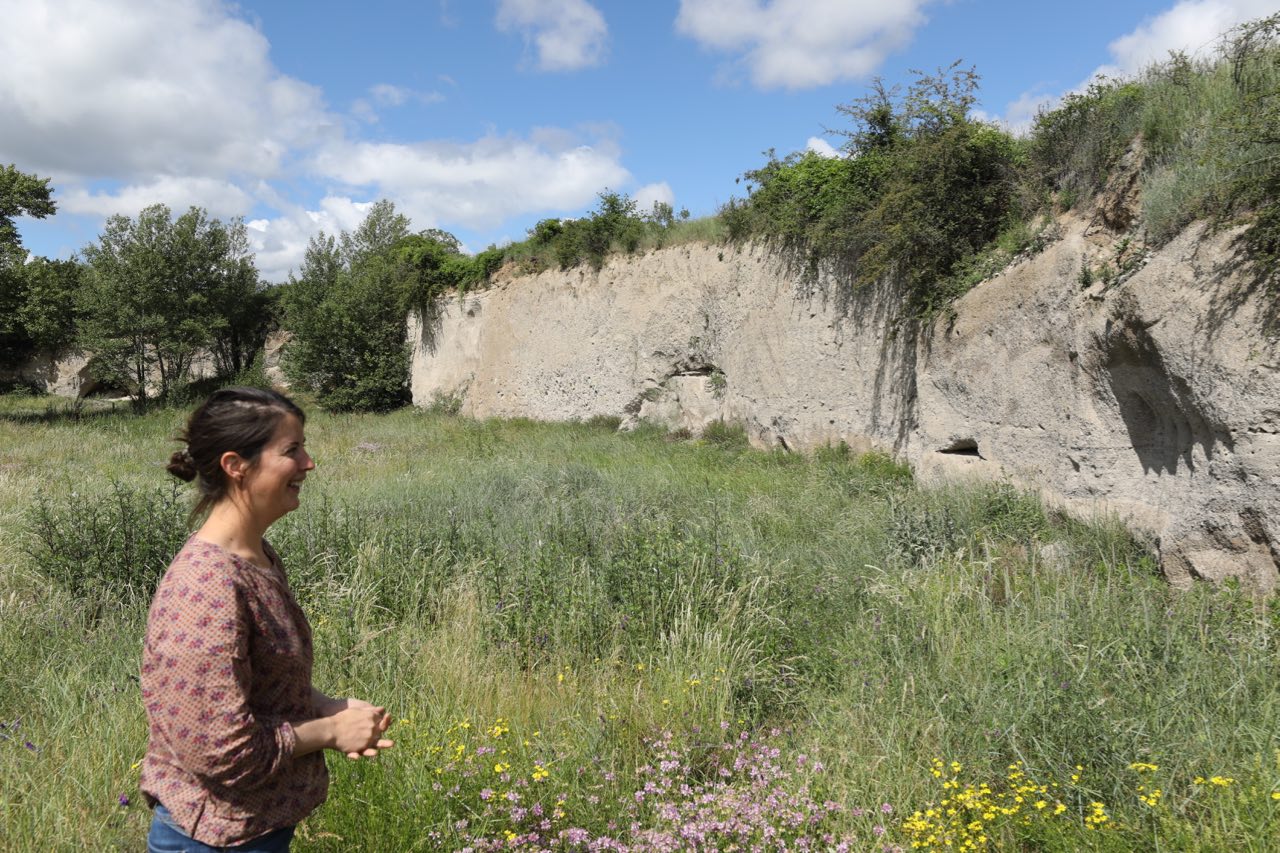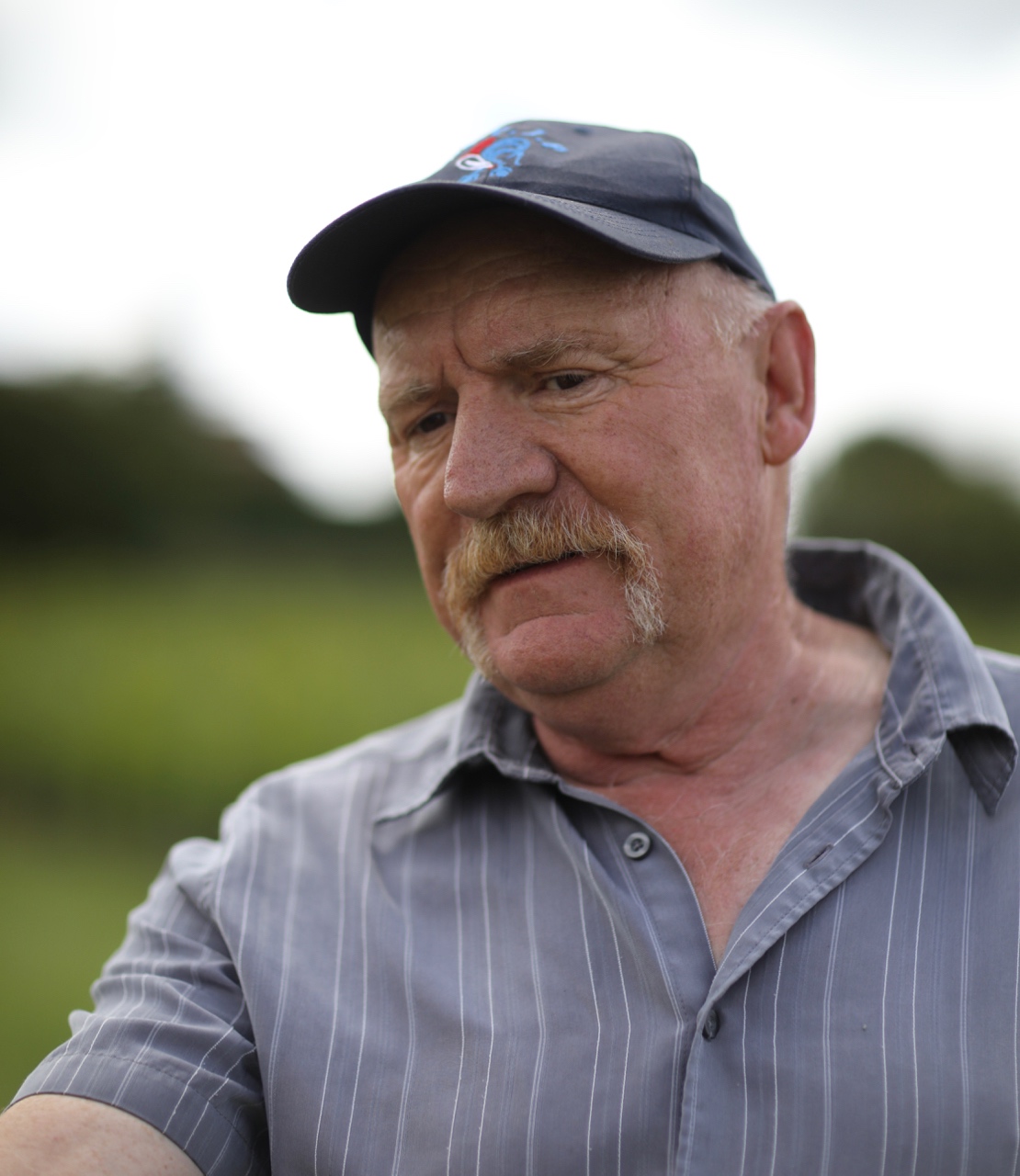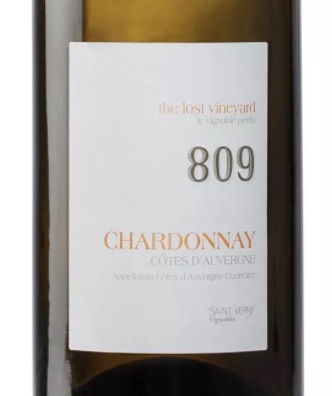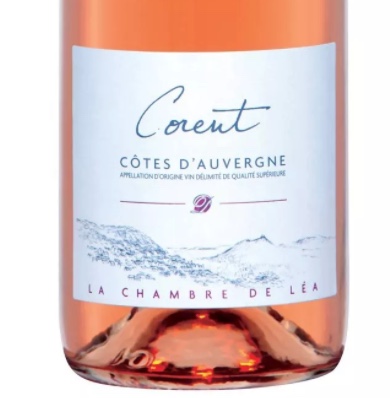 | ||||
| Jacques Puisais with Ivan Massonnat and Jo Pithon (Belargus) 30th March 2019 @ Vincent le Cuisinier with the 1961 le haut Lieu demi-sec |
Jacques Puisais (born: 8th June 1927 Poitiers
died 6th December 2020 Chinon)
« bien manger et du bien boire »
Very sad news that Jacques Puisais, a Loire and French legend, died aged 93 in Chinon's Hospital on Sunday (6th December 2020) of Covid-19 – another victim of this horrible pandemic.
Jacques was a biologist, oenologue, a philosopher and a teacher. He was a major figure in the Loire for many reasons – as an innovative wine-maker he pioneered the use of pigeage (punching down). He played a significant part in improving the quality of Loire wines in part through developing in 1960 a way of identifying even a small percentage hybrid grapes in a wine. Thus helping to reinforce the quality of appellation wines by eliminating those that illegally contained hybrid grapes.
Jacques was a great believer in and teacher of how to eat and drink well. In 1976 he founded the l'Institut Français du Goût at Tours and Paris. An important part of his work was to show children the importance of food and how to eat well – 'le goût juste'.
Jacques was a passionate lover and supporter of Touraine and of Loire wines, especially Chenin Blancs.
•
Indre-et-Loire : Jacques Puisais l'épicurien est décédé
'Le chantre du goût et du bien-manger s’est éteint des suites
du Covid-19, dimanche au centre hospitalier du Chinonais, à l’âge de 93 ans. Il
a été, avec Alfred Mame, l’un des pères de l’Institut du goût.
Chaque repas est un moment que vous ne retrouverez jamais. Les mots distillés dans un sourire malicieux sont lâchés à l’ombre de son jardin de Chinon où il aimait recevoir. Ils sont signés Jacques Puisais, alors « trésor vivant » de la gastronomie française.'
Part of Périco Légasse's tribute, La Nouvelle République:'C’est cela qu’il lui a appris, à Périco Légasse, au-delà de la science
indispensable ou de la connaissance, au-delà des valeurs mêmes : « Il m’a inculqué le “ goût juste ”… Et puis ce culte de la Touraine ! » Pour Jacques Puisais, elle était « la synthèse de l’âme française, le résumé du paradis français ». Pour lui, « la cité idéale de la gastronomie, c’était Chinon, car c’est là que Rabelais était né ».'
More details of Jacques Puisais' life and work:
••
Over the years I had the privilege and pleasure of meeting Jacques on a number of occasions. He was a charming, erudite man and a great enthusiast. There was no side to Jacques – no big head, although he had every reason to be proud of his achievements.
The last time I saw Jacques was entirely serendipitously. It was on the 30th March 2019 at Vincent le Cuisinier in Ingrandes de Touraine when Jacques was 91. CRM and I were at Vincent and Olivia's wonderful restaurant to share over lunch a couple of Jo Pithon's wines including the 2005 Clos des Treilles (Anjou Blanc) with Jo and Ivan Massonnat, who had bought Pithon-Paillé the previous year which now forms part of his Domaine Belargus.
I had also brought along the 1961 Le Haut Lieu demi-sec from Domaine Huet for our apéro. Entirely by chance Jacques was also lunching with Vincent with Périco Légrasse that day. I offered him a glass. It turned out that Jacques had made this 1961 for Gaston Huet. I had no idea that he had made wine for Gaston. Jacques was on good form – a wonderfully alert 91 years young! A lovely memory now tinged with sadness.
Tasting and commenting on a 1976 Domaine de la Noiraie (Bourgueil)
Here are two other instances of various times when I met Jacques:
Journées du Livre et du Vin 2011.
In March 2010 there was a vertical tasting of Bourgueil from 1959 to 1999 at L'Hotel de Ville in the centre of Tours commented on by Jacques and Périco Légrasse. See here.



















